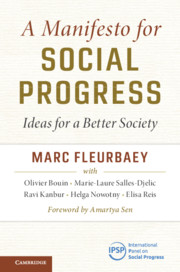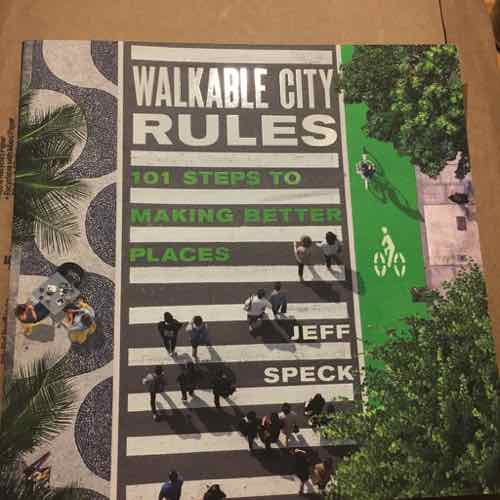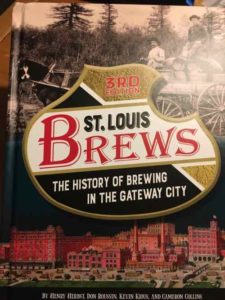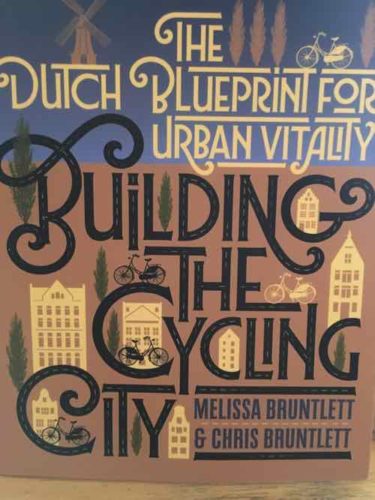New Book — ‘Life After Carbon: The Next Global Transformation of Cities’ by Peter Plastrik and John Cleveland
 It usually takes me weeks/months to post about new books I receive, but another book arrived earlier in the week — just when I needed a subject for today.
It usually takes me weeks/months to post about new books I receive, but another book arrived earlier in the week — just when I needed a subject for today.
The future of our cities is not what it used to be. The modern-city model that took hold globally in the twentieth century has outlived its usefulness. It cannot solve the problems it helped to create—especially global warming. Fortunately, a new model for urban development is emerging in cities to aggressively tackle the realities of climate change. It transforms the way cities design and use physical space, generate economic wealth, consume and dispose of resources, exploit and sustain the natural ecosystems, and prepare for the future.
In Life After Carbon, urban sustainability consultants Pete Plastrik and John Cleveland assemble this global pattern of urban reinvention from the stories of 25 “innovation lab” cities across the globe—from Copenhagen to Melbourne. A city innovation lab is the entire city—the complex, messy, real urban world where innovations must work. It is a city in which government, business, and community leaders take to heart the challenge of climate change and converge on the radical changes that are necessary. They free downtowns from cars, turn buildings into renewable-energy power plants, re-nature entire neighborhoods, incubate growing numbers of clean-energy and smart-tech companies, convert waste to energy, and much more. Plastrik and Cleveland show that four transformational ideas are driving urban climate innovation around the world, in practice, not just in theory: carbon-free advantage, efficient abundance, nature’s benefits, and adaptive futures. And these ideas are thriving in markets, professions, consumer trends, community movements, and “higher” levels of government that enable cities.
Life After Carbon presents the new ideas that are replacing the pillars of the modern-city model, converting climate disaster into urban opportunity, and shaping the next transformation of cities worldwide. It will inspire anyone who cares about the future of our cities, and help them to map a sustainable path forward. (Island Press)
The primary chapters are divided into three parts:
Part I: On the Innovation Pathway
- Innovation Proliferation
- Urban Climate Innovation Laboratories
- Goals, Systems, Clusters, and Waves
- Making a Better City
- The Rebel Alliance
Part II: Toward Global Urban Transformation
- The Power of Transformational Ideas
- Carbon-Free Advantage
- Efficient Abundance
- Nature’s Benefits
- Adaptive Capacities
Part III: Challenges of Urban Evolution
- The Edge of City Climate Innovation
- Assembly Required
- The Next Urban Operating System
- Going Global
Here’s a three and a half minute video from their website:
I do think cities that resist changing will suffer as the next century nears, whereas those that innovate and adapt will fare better.
— Steve Patterson


 St. Louis Brews: The History of Brewing in the Gateway City 3rd edition
St. Louis Brews: The History of Brewing in the Gateway City 3rd edition St. Louis: An Illustrated Timeline, Second Edition
St. Louis: An Illustrated Timeline, Second Edition What’s With St. Louis?, Second Edition
What’s With St. Louis?, Second Edition